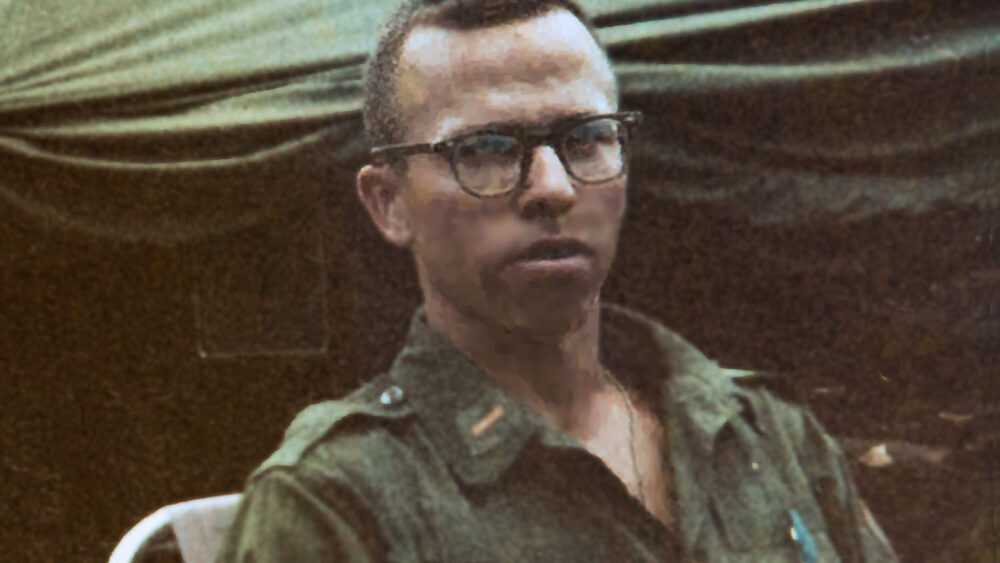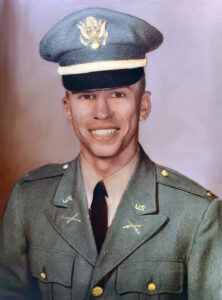The movies notwithstanding, intelligence work has little to do with drinking shaken martinis while wearing a designer tuxedo. In the real world, in wartime, it’s about things like sweating in a hostile field in fatigues, monitoring radio signals to gather intelligence.
That was one of the two main things Ron Hagell did in Vietnam, as platoon leader of an Army Security Agency unit attached to the 1st Brigade of the Big Red One – the 1st Infantry Division. The other thing was to trying to keep our own guys from carelessly handing the same kind of vital information over to the enemy.
Hagell will explain it all in a free lecture at noon on Friday, Jan. 26, at the South Carolina Confederate Relic Room and Military Museum in Columbia. The program is open to the public, and is presented in connection with the museum’s sprawling, unique exhibit, “A War With No Front Lines: South Carolina and the Vietnam War, 1965-1973.” Hagell presented a previous program about his artwork inspired by his war experience.
Hagell, a newly minted 2nd lieutenant right out of OCS at Fort Benning, was sent to Vietnam in April 1967 to replace a captain who had been killed in action. He caught up with the 1st Division when it was engaged in Operation Junction City – a massive effort to locate and eliminate enemy operations in an area of north of Saigon.
A part of his unit’s role was to operate listening stations to triangulate on enemy unit radio transmissions. It was less about what the enemy was saying, and more about where he was saying it from.
Enemy radio operators would go off to the east on one occasion, and hike out to the west the next, and so forth. But the ASA guys knew to listen over time. The question was, “Where does he never send from?” said Hagell. That’s where the Viet Cong unit was. “You can actually lock in, over the course of a few transmissions.”
That system improved over time, as the ASA was also collecting the signals from aircraft. Everything went faster with that system.
But there were problems. Keeping security tight meant that often field commanders didn’t understand the information and misused it. “When we’d go in and tell them, here’s the map, here they are,” says Hagell, “the ones who were not cleared would say, ‘How do you know?’”
Also, Hagell’s people had a terrible time convincing their own side to use secure communications themselves. The infantry guys didn’t believe how insecure their communications were and had to be shown that they were actually give away their location.
“In January 1968 I was shifted to do the same job with the 199th Light Infantry Brigade near Bien Hoa airbase during the Tet Offensive,” says Hagell. “That’s a whole other story.” Hagell headed home in late March, meaning he got back to the States “just before the assassinations of Martin Luther King and Bobby Kennedy.”





Comments are closed.